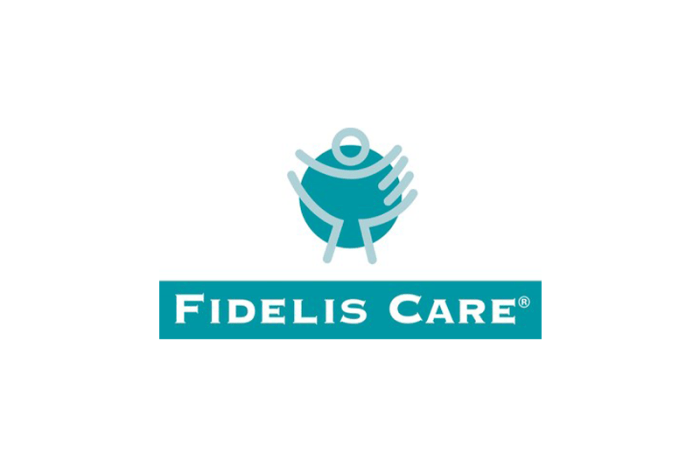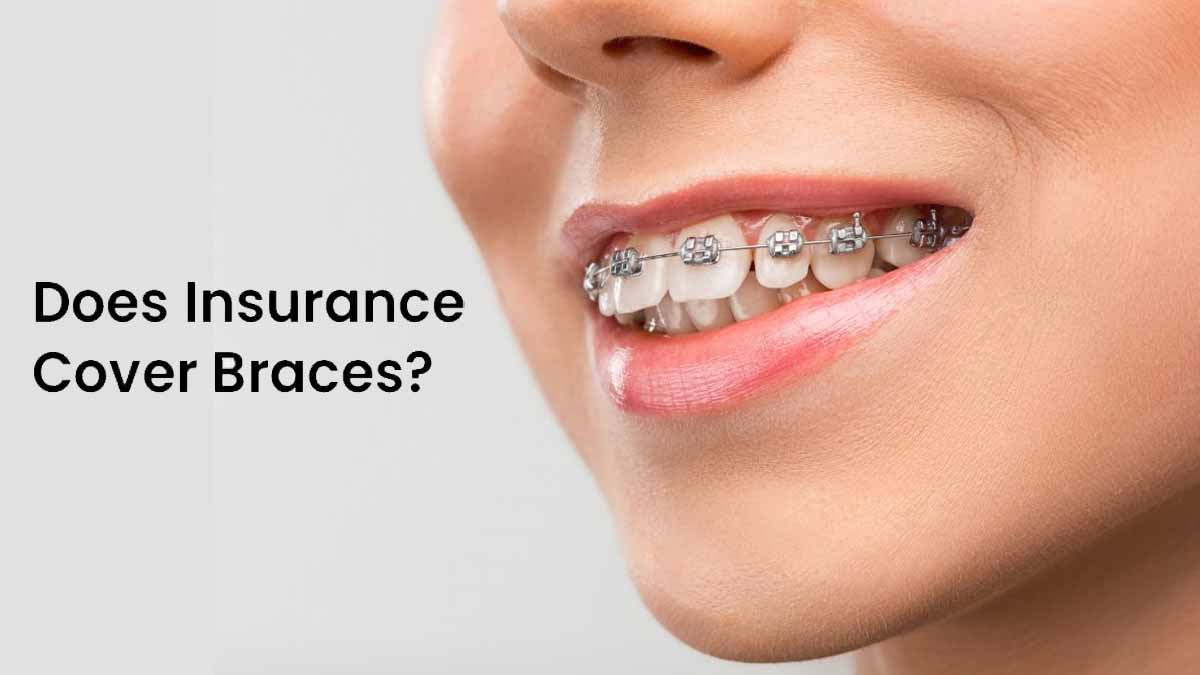What Does Fidelis Care Cover for Dental?
Navigating the complexities of dental insurance can be daunting, especially when understanding your coverage. This guide delves into the specifics of Fidelis Care dental plans, outlining what’s covered, what’s not, and how to maximize your benefits. From preventative care to major procedures, we’ll demystify the process, empowering you to make informed decisions about your oral health. Understanding your Fidelis Care dental plan is crucial for managing healthcare costs and ensuring access to necessary dental services. This in-depth analysis will cover various plan options, detailing coverage for routine checkups, fillings, extractions, and more complex procedures like root canals and crowns. We’ll also address cost-sharing, claims processes, and how to find in-network dentists within the Fidelis Care network. Fidelis Care Dental Plan Overview Fidelis Care offers a range of dental plans designed to cater to diverse needs and budgets. Understanding the nuances of each plan is crucial for selecting the best coverage for individual circumstances. The plans vary significantly in terms of premiums, deductibles, and the extent of covered services. Fidelis Care Dental Plan Options Fidelis Care’s dental plan offerings are typically categorized into different tiers, often reflecting varying levels of premium costs and benefits. While the specific plans and their features may change periodically, common categories include basic, standard, and premium options. Each tier typically includes a different combination of preventative, basic, and major dental services. For example, a basic plan might cover routine cleanings and exams but have limited coverage for more extensive procedures like crowns or root canals. A premium plan, on the other hand, would likely offer more comprehensive coverage across a wider range of services. It is essential to review the specific Summary of Benefits and Coverage (SBC) document for the most up-to-date information on a given plan. Key Features and Coverage Differences The core difference between Fidelis Care dental plans lies in the extent of coverage for various dental procedures. Preventative care, such as routine checkups and cleanings, is generally covered across all plans, though the frequency of covered visits may vary. Basic services, encompassing fillings and extractions, typically have varying coverage levels depending on the plan tier. Major services, including crowns, bridges, dentures, and orthodontics, usually have the most significant differences in coverage across plans. Higher-tier plans often feature lower out-of-pocket expenses and higher maximum annual benefits. Deductibles also vary widely; a higher deductible plan will require a larger upfront payment before coverage kicks in. Enrolling in a Fidelis Care Dental Plan The enrollment process for Fidelis Care dental plans varies depending on the specific program and eligibility criteria. Individuals may enroll through the Fidelis Care website, by contacting a Fidelis Care representative directly, or through a designated enrollment broker or agent. The enrollment process typically involves providing personal information, selecting a plan, and verifying eligibility. Certain programs may have specific enrollment periods, so confirming the eligibility timeline is crucial. It’s recommended to carefully review the plan details and compare different options before making a final decision. The Fidelis Care website usually offers tools to help compare plans based on individual needs and budget. Once enrolled, members will receive an identification card and detailed information about their coverage and benefits. Covered Dental Services Fidelis Care offers a range of dental plans, each with varying levels of coverage. Understanding the specific services included in your chosen plan is crucial for effective healthcare management and budgeting. The following details Artikel the typical coverage provided under basic Fidelis Care dental plans, though specific benefits may vary depending on the selected plan and any applicable riders. Basic Fidelis Care dental plans generally cover a core set of essential dental services. These services are designed to promote oral health and address common dental issues. It’s important to consult your specific plan documents for a complete and accurate list of covered services and any associated limitations or exclusions. Preventative Care Services Preventative care forms the cornerstone of maintaining good oral health and minimizing the need for more extensive and costly treatments. Fidelis Care dental plans typically emphasize preventative services, often covering them at a higher percentage than other categories. This proactive approach helps members avoid more significant dental problems down the line. Commonly covered preventative services include routine check-ups, cleanings, and fluoride treatments. These regular visits allow dentists to identify and address potential issues early, preventing them from escalating into more serious and expensive problems. X-rays are also frequently included as part of preventative care, providing crucial diagnostic information. Diagnostic and Restorative Services Beyond preventative care, Fidelis Care plans also typically include coverage for diagnostic and restorative procedures. These services address existing dental problems, aiming to restore oral health and function. Diagnostic services may include examinations to determine the cause of dental pain or discomfort, while restorative services focus on repairing damaged teeth. This could encompass fillings for cavities, extractions of severely damaged teeth, and in some plans, coverage for root canals or crowns. The extent of coverage for these services varies considerably depending on the specific plan chosen. Coverage Levels Comparison The following table compares coverage levels for different hypothetical Fidelis Care dental plans. Note that these are examples and actual plan benefits will vary. Always refer to your official plan documents for precise details. Plan Type Preventative Care Basic Restorative Major Restorative Economy 80% 50% 30% Standard 100% 70% 50% Premium 100% 80% 70% Dental Procedures and Coverage Fidelis Care dental plans offer varying levels of coverage for a wide range of dental procedures, from routine checkups to more extensive restorative work. Understanding the specifics of your plan’s coverage is crucial for managing dental expenses and ensuring timely access to necessary care. This section details the coverage provided for common and complex dental procedures. Basic Dental Procedures Fidelis Care typically covers routine preventative care, such as professional cleanings and examinations, at a significant percentage. Fillings for cavities, addressing tooth decay, are also usually covered, although the specific percentage of coverage may depend on the plan’s details. Simple extractions, the removal of teeth, are generally included in most plans, but more complex extractions may require pre-authorization. The specific cost-sharing, including co-pays, deductibles, and coinsurance, will vary depending on the individual Fidelis Care dental plan. For example, a basic plan might cover 80% of the cost of fillings after the deductible is met, while a more comprehensive plan may offer higher coverage. Complex Dental Procedures More complex procedures, such as root canals, crowns, and dentures, generally involve higher costs and may have different coverage levels compared to basic procedures. Root canals, aimed at saving a severely damaged tooth, often require pre-authorization and may have a higher out-of-pocket cost for the patient even with insurance coverage. Dental crowns, used to restore damaged teeth, typically have similar coverage requirements. Dentures, complete or partial, represent a significant investment, and coverage levels vary considerably depending on the specific Fidelis Care plan and the necessity of the dentures as determined by a dentist. For instance, a plan might cover a portion of the cost of dentures deemed medically necessary due to a significant loss of teeth, but not for purely cosmetic reasons. Pre-authorization Procedures Obtaining pre-authorization for specific dental procedures is often a necessary step to ensure coverage. This process typically involves the dentist submitting a treatment plan to Fidelis Care for review before the procedure is performed. The pre-authorization request should include details of the proposed procedure, including the diagnosis, treatment plan, and estimated cost. Fidelis Care will then review the request and determine the level of coverage. Failure to obtain pre-authorization for procedures that require it may result in reduced or no coverage for the services rendered. Contacting Fidelis Care directly or checking the member handbook for specific instructions on the pre-authorization process is recommended. The process may involve submitting forms electronically or by mail, and processing times may vary. Network Dentists and Finding Care Accessing in-network dental care is crucial for maximizing benefits under your Fidelis Care dental plan. Utilizing the plan’s designated network ensures you receive the most favorable coverage and avoid unexpected out-of-pocket expenses. This section details how to locate and verify in-network dentists and explains the implications of choosing an out-of-network provider.Finding a participating dentist is straightforward. Fidelis Care provides several convenient methods to locate dentists within their network. Locating Network Dentists Fidelis Care’s website is the primary resource for finding in-network dentists. The website typically features a search tool allowing users to input their location (zip code, city, or state) to generate a list of nearby participating dentists. This list often includes each dentist’s contact information, address, and sometimes even office hours and accepted insurance plans. Additionally, many Fidelis Care members find it useful to download the Fidelis Care mobile app, which provides similar search functionality with the added convenience of GPS-based location services. … Read more


